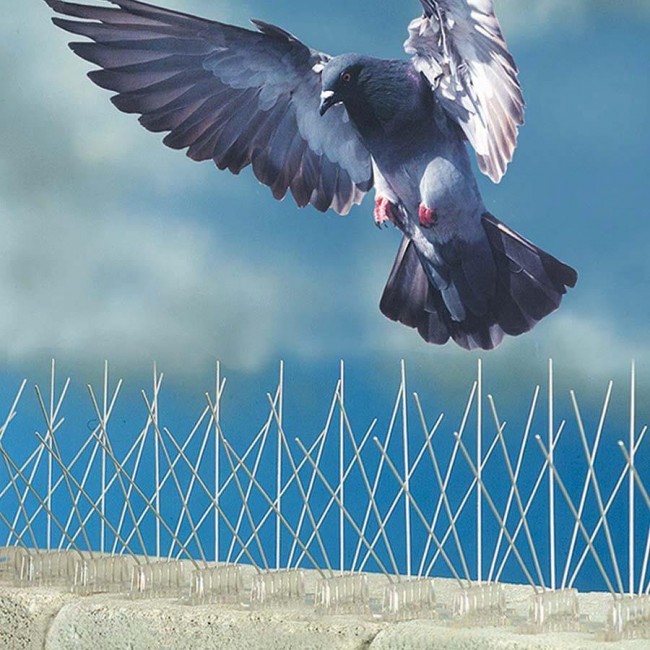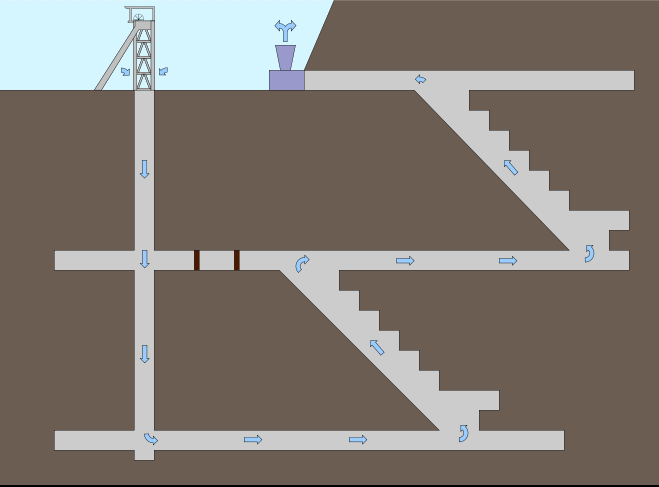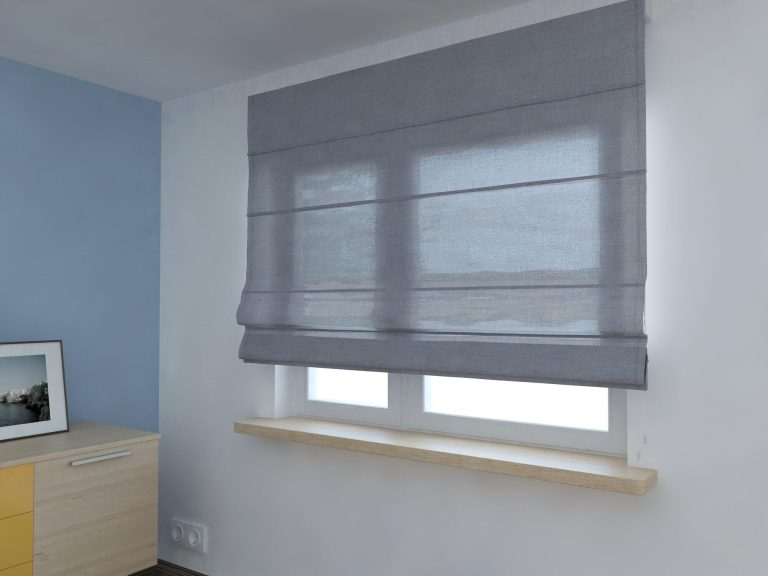Balancing Wildlife Conservation and Urban Development with Bird Spikes
Global urbanization has accelerated progress, but it frequently comes at the expense of species and natural environments. Finding a balance between wildlife protection and urban growth is crucial in places like Dubai, where the landscape is shaped by towering buildings and bustling infrastructure. Using bird spikes in Dubai to lessen the negative effects of urbanization on bird populations is one creative option that has gained popularity recently.
Overview of Urban Development and Wildlife Conservation
The coexistence of wildlife and urban infrastructure poses particular challenges in Dubai’s changing geography. Natural habitats are being reduced by the city’s continued growth, which is increasing human-wildlife conflict. It takes careful planning and creative thinking to strike a balance between their demands.
Bird Spikes: A Creative Fix
Simple yet powerful tools called bird spikes are used to prevent birds from landing or establishing nests on buildings and other objects. These spikes are placed strategically on ledges, rooftops, and other surfaces to make an uninviting habitat for birds. They are made of sturdy materials like plastic or stainless steel.
The Advantages of Bird Spikes
There are several advantages of using bird spikes installation for urban development and wildlife. These devices lessen the risk of bird-related hazards such as droppings and nesting waste by keeping birds from roosting in undesirable places. They also shield structures from avian damage, which lowers long-term maintenance expenses.
Case Studies on Dubai’s Bird Spikes
Bird spikes are a sustainable way to reduce conflicts between animal protection and urban development, and Dubai has embraced this idea. Bird spikes have been deployed effectively in a number of historic projects, with favourable results for both human and avian populations. For instance, bird spikes are used by the Burj Khalifa, the world’s tallest structure, to protect its façade while maintaining the surrounding bird habitats.
Difficulties and Concerns
Bird spikes are useful, but they’re not without problems. To make sure that the installation of these devices does not negatively influence local bird populations or disturb ecosystems, environmental impact evaluations are required. Furthermore, opinions on and acceptance of bird spikes differ among the general people, underscoring the significance of community involvement and education.
Eco-Friendly Substitute
Researchers and creatives are looking at environmentally friendly alternatives in response to worries about the effects of bird increases on the ecosystem. These environmentally friendly solutions, which range from biodegradable materials to ultrasonic deterrents, seek to resolve conflicts between wildlife while causing the least amount of environmental damage possible.
Governmental Guidelines and Policies
The promotion of sustainable urban development and wildlife protection is greatly aided by Dubai’s government. Authorities work to establish a balance between environmental protection and economic growth through comprehensive laws and regulations. Policymakers can guarantee that development projects comply with conservation principles by establishing criteria for the usage of bird spikes.
Activation and Awareness of the Community
Building community support requires educating the public about the value of protecting wildlife and the function of bird spikes. Dubai can establish a more sustainable and inclusive urban environment by educating the public about the advantages of bird spikes and integrating them in conservation initiatives.
Prospects and Innovations for the Future
New developments in wildlife management present bright future opportunities as technology keeps developing. Emerging technologies have the potential to completely change urban wildlife protection, from drone-based deterrents to AI-powered bird monitoring systems. Dubai can maintain its position as a leader in this sector of innovation by making investments in research and development.
Stay in touch to get more news & updates on Discover Headline!







